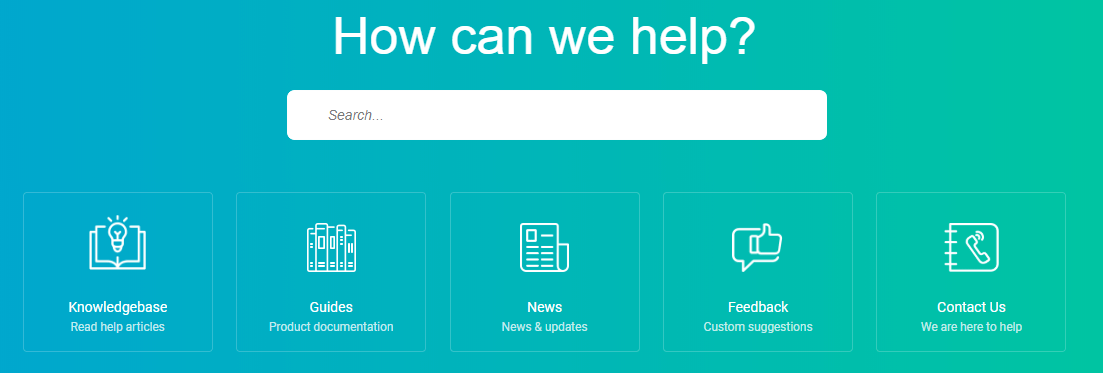

- #Install private internet access on router code#
- #Install private internet access on router password#
- #Install private internet access on router download#
- #Install private internet access on router windows#
I had to rebuild my PIA VPN recently due to moving to a new router, a MikroTik hAP AC, and couldn’t get it working by memory or some random guide I found online, so had to restore an old config. IP Firewall Mangle Config /ip firewall mangleĪdd action=mark-routing chain=prerouting new-routing-mark=PIA passthrough=yes \Īdd distance=1 gateway=pia-out routing-mark=PIA You can get that from within your control panel when logging into the website.Īdd connect-to= disabled=no ipsec-secret=mysafety name=pia-out password=PASSWORD use-ipsec=yes user=USERNAMEĪdd action=masquerade chain=srcnat out-interface=pia-out PPTP/L2TP/Socks usernames and passwords begin with “x0” instead of “p0” from my understanding. For comparison, we pointed out in our Surfshark vs NordVPN report that both of these VPNs support gaming systems, Smart TVs, Firestick, routers, and all major. You’ll also need a PPTP/L2TP/SOCKS Username and Password, which is different from your login / desktop / mobile VPN app login. Obviously, you’ll need a Private Internet Access account, and you can choose any of the networks shown on their networks page. Whether there’s something more optimal, I can’t say, but the below works. Speeds are generally good on multiple servers, support for Linux is good and you can even setup and run a VPN from different routers, including Mikrotik.īelow is my config and winbox screenshots for connecting a single IP address to a PIA L2TP / IPsec VPN.
#Install private internet access on router windows#
Unzip the configuration files and copy them to the folder where the VPN client is installed on your device.įor a client device with Windows 64-bit system, the VPN client is installed at C:Program filesOpenVPNconfig by default.I’ve been using Private Internet Access for many years.
#Install private internet access on router download#
Click For Windows or For Non Windows button and download the configuration files for your VPN clients.ĩ.
#Install private internet access on router password#
Step 6: Create a username and password To configure the router, you'll need to log in, using its default admin name and password.

When you access the Internet with the VPN connection, instead of using a local Internet service, you use the Internet service from your home network.Ĩ. You might find the router's IP address printed on the back of device itself if not, type 192.168.1.1, a common router address, into the browser search bar. Scroll down to the Clients will use this VPN connection to access section, and select the All sites on the Internet & Home Network radio button.

On the VPN screen, select the Enable VPN Service radio button.Ħ. We are assuming that you already have an OpenVPN Access Server installation working, and that it is installed in your private network behind a router with. Select ADVANCED > Advanced Setup > VPN Service.ĥ.

The user name and password are case-sensitive.Ĥ. Launch an Internet browser from a computer or wireless device that is connected to the network.ģ. To allow VPN clients to use your home Internet service:ġ. Accessing the Internet remotely through a VPN might be slower than accessing the Internet directly. The user name and password are case-sensitive. but you can change the setting to allow Internet access. Launch an Internet browser from a computer or mobile device that is connected to your router’s network. For example, your Netflix account might work at home, but not in a different country.īy default, the router is set up to allow VPN connections only to your home network. You might want to do this if you travel to a geographic location that doesn't support all the Internet services that you use at home. Nighthawk lets you use a VPN connection to access your own Internet service when you're away from home.
#Install private internet access on router code#
For example, at a coffee shop you might be given a code that lets you use the coffee shop's Internet service account to surf the web. When you're away from home and you access the Internet, you usually use a local Internet service provider.


 0 kommentar(er)
0 kommentar(er)
